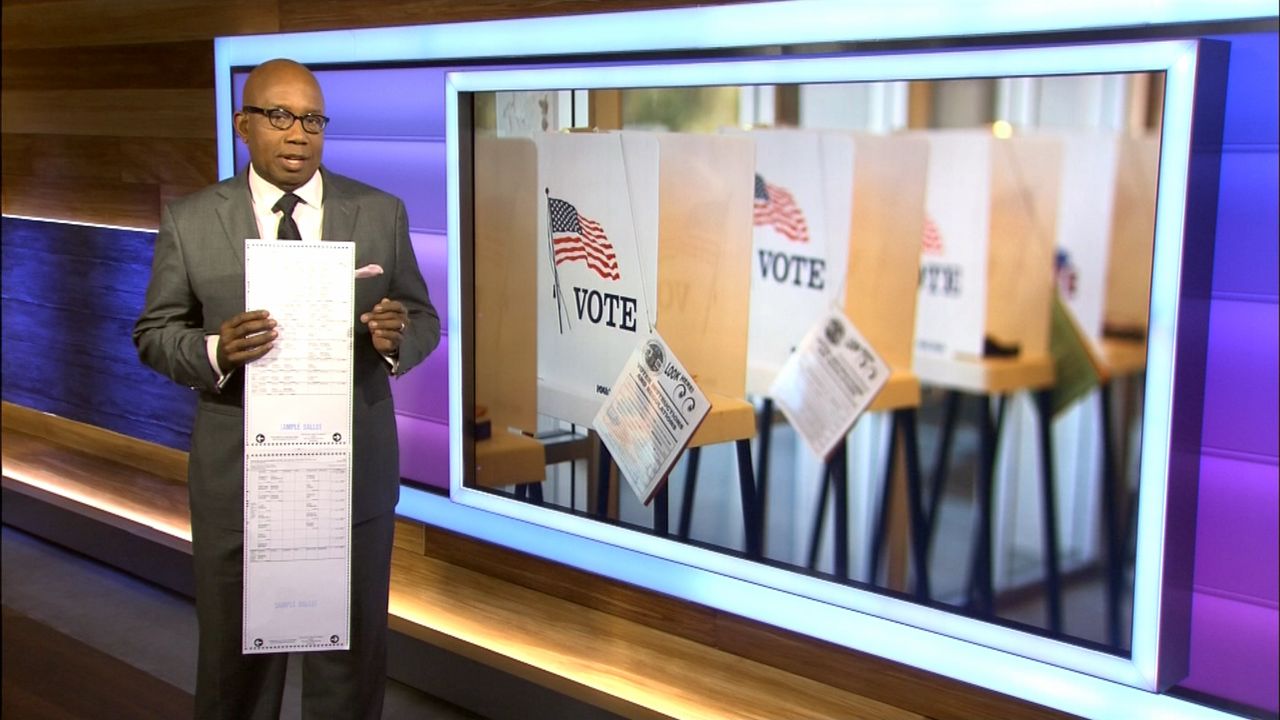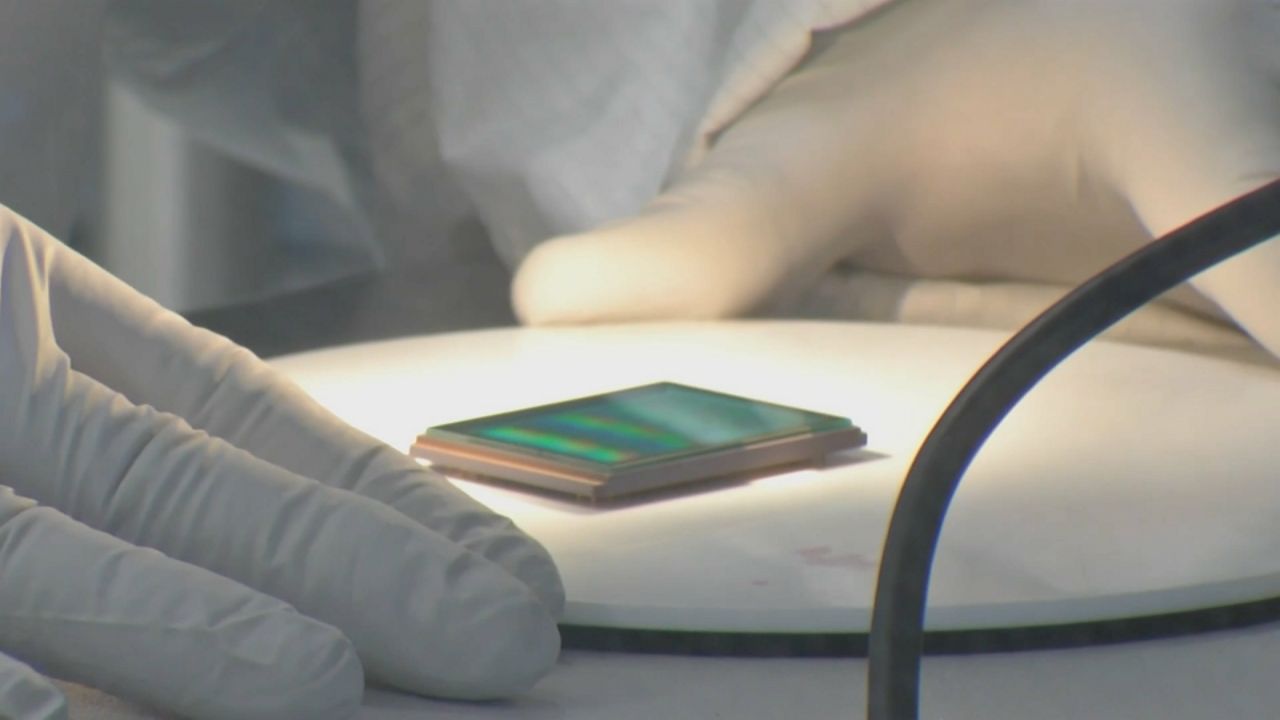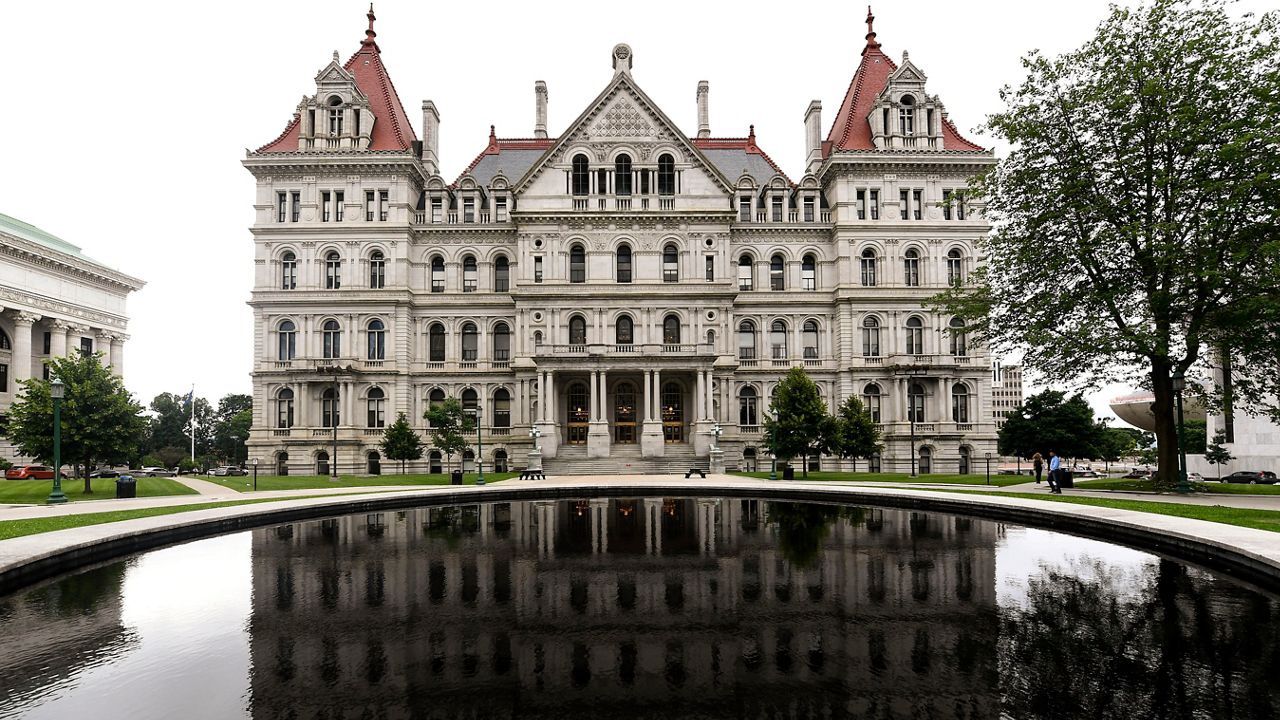When New York City voters head to the polls on November 6, they will get a very long ballot.
For the first time, most voters will need to fill out a two-page paper ballot — front and back — that includes dozens of candidates. Don't worry, we're here to sort out any confusion and help you understand what's on it.
What's on the ballot?
You will see candidates for:
- Governor
- Lieutenant governor
- U.S. Senate
- House of Representatives
- Attorney general
- Comptroller
- State Senate
- State Assembly
You may also see candidates for state Supreme Court and Civil Court.
There will also be three referendum questions on the ballot related to community boards, campaign finance, and other issues. All New Yorkers will have that on their ballot — but they have to remember to flip the ballot.
Although not new, adding to the confusion is the fact that many candidates will appear on multiple party lines. Governor Andrew Cuomo, for example, will appear on three party lines: The Democratic Party, Working Families Party, and Independence Party. You can vote for a candidate on only one line, an extra rule to keep in mind. Here's a preview of what the ballot will look like:
So how do you submit the long ballot?
Don't worry, you will not have to feed the whole long ballot all at once. But it's still pretty complicated.
Poll site workers will give the ballot to each voter with the center perforation intact.
You will then have to separate it once you're done filling it out.
Each individual page will then have to be inserted into a scanning machine.
The only borough where voters won't have to contend with the two-page ballot is Staten Island.
Also, bring your glasses: The font is tiny.
What's the scare over inactive voters?
Last week, the Bill de Blasio administration sent out a letter to 400,000 New Yorkers that told them their voter registration had become inactive and that they should contact the Board of Elections.
For thousands of those recipients, it wasn't true. Out of the 400,000 people who received the letter, about 30,000, or 8 percent, got that in error.
It's still not clear why this happened or who was at fault. The city received the voter data from a third-party contractor. When NY1 reached out to that company, Civis Analytics, it said the error didn't lie in the data but the way the list was filtered from the original data set.
"List creation using complex data sets is a difficult, time-consuming task, and as data scientists we recognize this as an understandable human error," a spokesperson for Civis said.
The Board of Elections usually keeps a list of active and inactive voters, which is different from voters who aren't registered and cannot vote at all.
If the Board of Elections is informed that your address has changed but does not know where your current address is, it will list you as an inactive voter. If it did receive the new address, the Board of Elections would send a transfer notice to the voter. If not, officials would send a confirmation notice. If someone receives a confirmation notice at their address and returns it to the Board of Elections, they will be listed as an active voter again.
The bright side: Someone listed as an inactive voter can be listed as active again by simply walking into a polling site and voting — although you would have to fill out an affidavit ballot.
It's yet another arduous task for New York voters. Far from offering early voting like most states, New York requires people to register months in advance if they want to change political parties, and even then, New York doesn't let you register online — you are required to fill out a piece of paper and mail it in, or carry it into an office.
To make matters worse, the Board of Elections conducts random mass purges of registered voters, and then puts the burden on voters to get themselves back on the rolls in good standing.
To check your voter registration status, head to vote.nyc.ny.us or call 866-vote-nyc.





)


